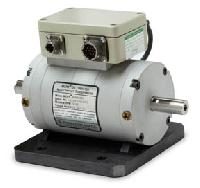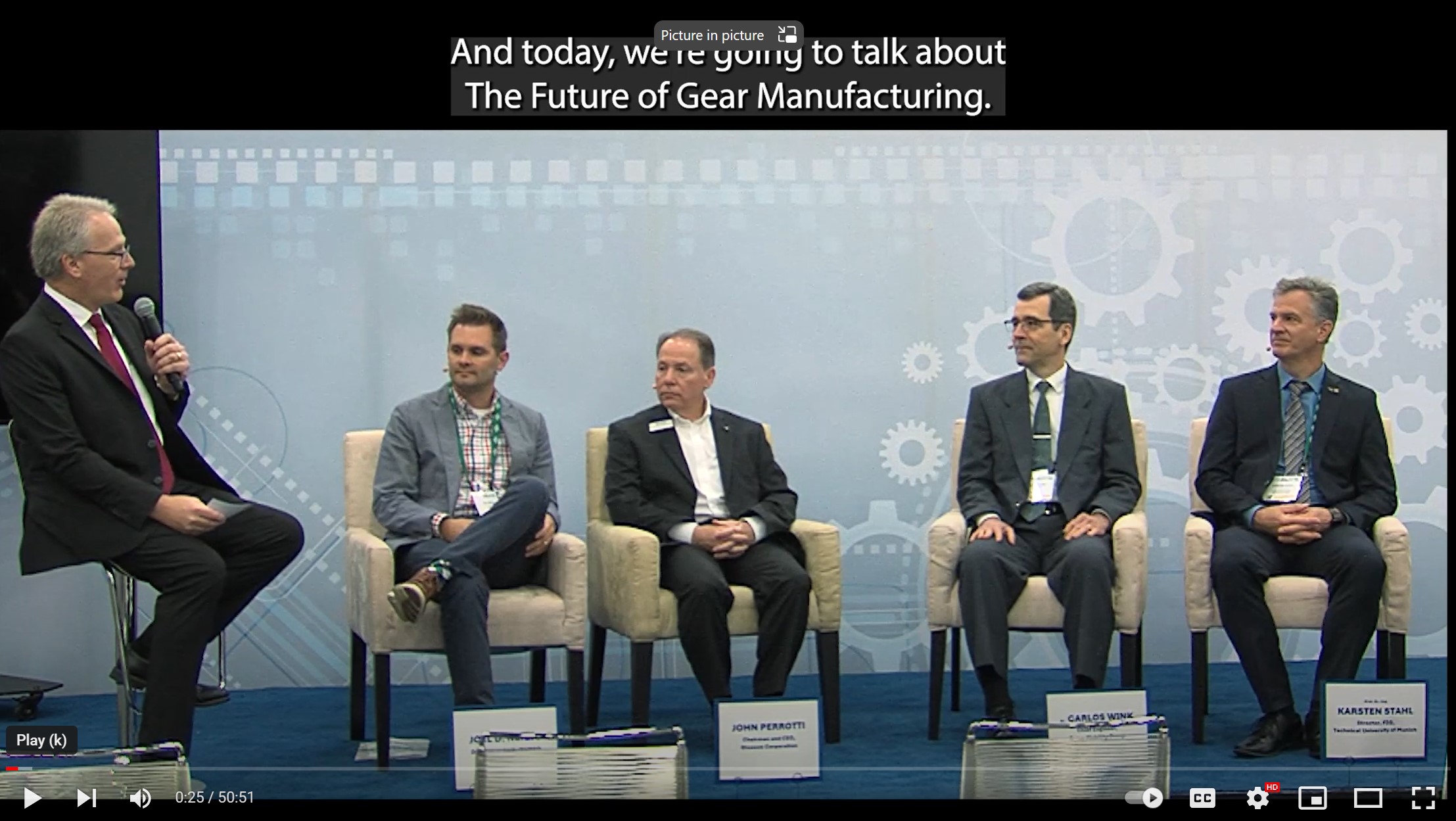Romax Appoints Business Development Manager for Hybrid Technology

Romax Technology recently recruited a new business development manager to manage Romax's hybrid and electric vehicle consultancy. Tim Gilbert joins Romax from Tata Motors European Technical Centre. He has a wealth of experience in this field having led the powertrain engineering for the Tata Vista Electric Vehicle, which features a bespoke transmission integrated with the electric motor. With growing hybrid technology not only in the mainstream automotive industry, but in other sectors such as defense and off-highway, this is a significant area of potential growth for Romax.
"The increasingly diverse range of technologies available means that one of the biggest challenges facing manufacturers is being able to identify the best configuration for their customers and optimizing the hybrid system for a complex array of user profiles," Gilbert says. "While some OEMs are pursuing hybridization it is also interesting to see how some manufacturers have chosen to lead with Pure Electric Vehicles [PEVs] which pose their own unique design challenges."
Romax sees a trend toward higher speed motors requiring greater torque multiplication through the transmission. This will give the benefit of smaller, cheaper and more efficient powertrains but creates new challenges in driveline design, notably in critical speed and NVH. "What is clear is that industry engineers will require ever more sophisticated analysis tools to guide them through the increasing complexities of powertrain design and enable full system optimization right from the initial concept, in order to be able to extract the maximum performance and efficiency gains possible. Romax's principal strength of understanding physical behaviour at the most fundamental level, allied to our software capability, means that we are well placed to offer leading-edge solutions," Gilbert says.
The Hybrid team at Romax has recently completed the development of their Energy Flow Analysis tool that offers insight into the energy distribution and losses through a hybrid driveline either in steady-state conditions or over a mix of drive cycles. The tool enables engineers to quickly design and compare configurations but its real power is in the optimization stage, whereby via a DoE process they can refine the component sizing and control strategy to deliver the optimally efficient hybrid system.
"We are now ready to roll-out our Energy Flow Analysis service and I am looking forward to demonstrating the benefits to our customers. There are more building blocks in our hybrid modelling tool being developed, and although I can't reveal the details of these just yet, we are well on the way to creating a very powerful toolset," Gilbert says.





